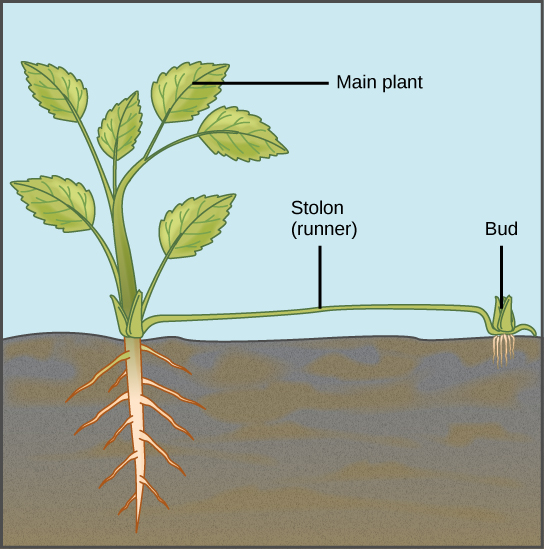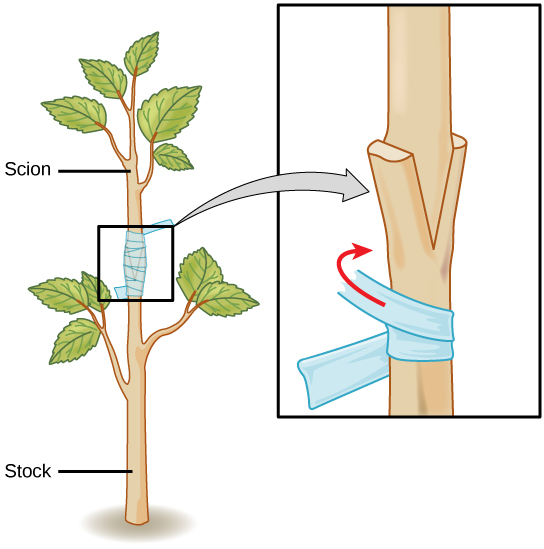Heredity
* The Heredity is nothing but transmission of genetic characters from parents to offspring .
* Heredity is the passing on of traits from parents to their offspring, either through asexual reproduction or sexual reproduction
* The offspring cells or organisms acquire the genetic information of their parents.
* Genetics:- The study of heredity in biology is called genetics, which includes the field of epigenetics.
* The genotype–phenotype distinction is drawn in genetics. "Genotype" is an organism's full hereditary information. "Phenotype" is an organism's actual observed properties, such as morphology, development, or behavior. This distinction is fundamental in the study of inheritance of traits and their evolution.
Mendel developed 3 principles of inheritance based on his experiments with pea plants.
Our understanding of how inherited traits are passed between generations comes from principles first proposed by Gregor Mendel in 1866. Mendel worked on pea plants, but his principles apply to traits in plants and animals – they can explain how we inherit our eye colour, hair colour and even tongue-rolling ability.
Inheritance in pea plants
Mendel followed the inheritance of 7 traits in pea plants
Pea shape (round or wrinkled)
Pea colour (yellow or green)
Flower colour (purple or white)
Flower position (terminal or axial)
Plant height (tall or short)
Pod shape (inflated or constricted)
Pod colour (yellow or green).

Mendel followed the inheritance of 7 pea traits. Dominant traits, like round peas, appeared in the first-generation hybrids (F1), whereas recessive traits, like wrinkled peas, were masked. However, recessive traits reappeared in the second generation (F2). And found a 3:1 ratio of dominant to recessive traits. He concluded that traits were not blended but remained distinct in subsequent generations, which was contrary to scientific opinion at the time.
Each individual carries a pair of factors for each trait, and they separate from each other during fertilisation. This is the basis of Mendel’s principle of segregation.
Mendel didn’t know about genes or discover genes, but he did speculate that there were 2 factors for each basic trait and that 1 factor was inherited from each parent.
Sex determination in Human beings

•Sex is determined at the time of fertilization and depends on the type of sperm that fuses with the ovum. If the X-carrying ovum is fertilised by a X-carrying sperm the resulting zygote will have a sex chromosome XX. Such a zygote develops into a female. If the X carrying ovum is fertilised by a Y-carrying sperm. The resulting zygote will have a sex chromosome XY. Such a zygote develops into a male.So it is the presence or absence of Y chromosome that determines the sex.
•Meiosis takes place at the time of gamete formation when the chromosome number is reduced to half (n) and it is called haploid.When the gametes fuse together to form an individual the chromosome number is again retained to 2n number of chromosome and the condition is called Diploid.
Evolution
Evolution is change in the heritable characteristics of biological populations over successive generations. Evolutionary processes give rise to biodiversity at every level of biological organisation, including the levels of species, individual organisms
LAMARCK’S THEORY OF EVOLUTION
Different scientists have tried to explain the process of organic evolution. So they have given different theories for the Evolution of organisms. Out of them the names of three scientists are important Carlos Linnaeus, Jean Baptist de Lamarck and Charles Darwin but we shall discuss the two important theories of evolution which are put forward by Lamarck and Darwin.
Lamarck’s Theory of Evolution or Lamarckism
This theory was given by a famous biologist Jean Baptist de Lamarck in 1744, in his book ‘Philosphie Zoologique’.
The main postulates of Lamarck’s theory of evolution are:
1. Effect of the environment
The change in the environment creates new needs in organisms, which results in change of habits of organisms. The new habits involve more use of certain organs of the body and on the other hand less use of other body organs.
2. Use and disuse of organs
The use and disuse of organs by an organism leads to acquisition of new characteristics.
3. Inheritance of acquired characters The characters acquired by an individual are then transmitted by heredity to the next generation. In this way, in every generation new characters get accumulated and after a number of generations, a new species with modified characters is formed.
DARWIN’S THEORY OF EVOLUTION OR DARWINISM
The theory of ‘natural selection’ for organic evolution was given by Charles Darwin in 1858 in his famous book ‘The Origin of Species’. This theory was widely accepted by various biologists.
The main postulates of Darwin’s theory of evolution are:
1. Rapid multiplication
All the animals and plants tend to increase their population, but the number of individuals of each species remains nearly constant naturally.
2. Competition and struggle for existence
This is due to the reason of competition and struggle between members of the same species and different species for food, space and other basic needs.
3. Variations
Within any population, there is a natural variation i.e. the individuals of same species vary in size, shape, behaviour and structure as compared to each other.
4. Natural selection or the survival of the fittest
In the struggle of existence, the individual who have more favourable variations will survive and others will perish. This sorting out of the individuals with useful variations by nature was called ‘natural selection’ by Darwin and ‘survival of the fittest’ by Wallace.
5. Inheritance of variations
The individuals after their natural selection pass on their useful variations to the next generations.
6. Formation of new species
These variations accumulate in new generations and after a number of generations these become so prominent that a new species with modified characters is formed.
ORGANIC EVOLUTION
The word organic evolution is made up of two words ‘organic’ which means ‘living organisms’ and ‘evolution’ which means ‘unfold’. So, organic evolution is the unfolding of the process of formation of different types of organisms. As we see that there are millions of different types of animals and plants around us. All these forms of life came into existence from very simple unicellular organisms such as blue green algae which were produced in the oceans. With the passage of time these unicellular organisms modified themselves so that they can adapt themselves with the changing environment. These modification or variations were then passed on to the next generations, which resulted in the formation of new species of organisms. Thus according to the concept of organic evolution, the present day animals and plants have been evolved by a process of gradual change in the earlier simple forms of life, which took place in millions of years. This process of evolution is very slow and it is going on still today. But due to its slow rate we are not able to observe it.
Evidences for Organic Evolution
The concept of organic evolution is not a hypothetical concept. It can be proved by taking some evidences which indicates the occurrence of organic evolution. These evidences are:
1. Homologous organs
2. Analogous organs
3. Fossils
4. Embryology
1. HOMOLOGOUS ORGANS

Homologous organs may be defined as the organs of different animals which have similar basic structure but different functions. For example, the flippers of a whale, the forelimbs of a frog and man have the same basic structures but they perform different functions, hence these are called homologous organs.
2. ANALOGOUS ORGANS
Analogous organs are the organs of different animals which have different basic structure but perform same function. For example, the wing of a bird and the wing of a butterfly have different structures but they perform similar function so they are analogous organs.
3. FOSSILS

Fossils are the remains of dead bodies of prehistoric plants and animals. These provide good evidence for the organic evolution. Archaeopteryx is its best example. This animal has both the characters of reptiles and birds. Archaeopteryx had feathered wings like those of birds but possessed claws on the wings like reptiles. It also had a beak like birds but also had teeth like reptiles. This suggests that birds have evolved from reptiles.
4. EMBRYOLOGY
Embryology is the study of the development of the embryo of an animal. It also provides evidence for the evolution of organisms. For example, if we carefully observe the embryos of vertebrate animals like fish, tortoise, chick, rabbit and man. We will find out that all of them resemble to each other
in their initial stages of development to such an extent that it becomes difficult to distinguish them from each other.
Sourse :- www.nrsciencecentre.blogspot.com and funny science
© NRSC



















